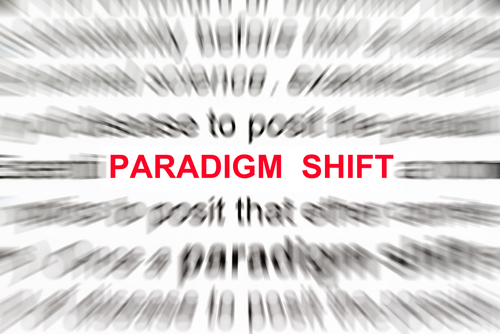

Johanna Drucker has offered compelling arguments that digital technologies are dramatically shaping the ways that both academics and nonacademics communicate and produce knowledge. As Martin Jay stresses, the visual turn demands a variety of approaches (90). One nexus has almost no visual elements and attempts to signify the figural through (hyper)textual means. Others rely on interactivity and animation, including computer-generated imagery. Some nexūs, like this one, have a great deal of images, many of them created by me. That’s why my own project is a bit uneven in terms of its use of visuals. The pictorial turn doesn’t just mean adding pictures. Whatever the pictorial turn is, then, it should be clear that it is not a return to naïve mimesis, copy or correspondence theories of representation, or a renewed metaphysics of pictorial “presence”: it is rather a postlinguistic, postsemiotic rediscovery of the picture as a complex interplay between visuality, apparatus, institutions, discourse, bodies, and figurality. Mitchell argues that visual studies isn’t just about new methods, it’s about new critiques (even postcritiques): We see the birth and maturing of hybrid fields like Visual Studies as evidence that even academia is becoming not just more visual but more creative. This shift toward the visual has been called the “pictorial turn” (Mitchell) or the “visual turn” (Martin Jay). Even the pure space of academic discourse has become infected with multimodality and creativity.

Digital media marry image and text throughout. The average magazine today contains as much space devoted to images as text, and the likelihood that readers are accessing the magazine on a tablet is about as good as that they’re holding a physical magazine. Film and television greet us with moving images coupled to an audio track. Each new medium uses these two modes in one way or another. T Mitchell implies that the division between image and text has always been illusory ( Iconology 46). Just as context and text are inseparable, visual and verbal modes have become inextricable-or rather, have been revealed to have always been at best difficult to distinguish. Similarly, both words and images are almost meaningless without context. Neuroscience teaches us that ideas are not localizable within the brain but are created by neural connections (Damasio). For most of us, thought resides in the communication across this fissure. This division may indeed be hardwired into our brains, the verbal left hemisphere coupled to the visual right hemisphere by the corpus callosum. These are chosen not at random but as a means of approaching the question sidelong. Throughout this nexus, I choose two centers and watch them move: visual and verbal. Alt-scholarship is a chance to make a “ ragoût,” to borrow Barbara Cassin's term. As may seem obvious, the center lies in the middle, between not with a finis on each side, the limits waiting to be defined, but between other, older centers, centers that have been left out. I, however, am interested not in defining this change, in finding its limits, but rather in decentering it, both laying down and (re)moving its center. In this page, I'd like to point to a narrative that doesn't get enough attention: the feminist roots of alt-scholarship. And during these changes, there is a danger of us embracing easy narratives of progress or decline. Sometimes it is a technological renaissance, other times a paradigm shift. The digital revolution, the advent of visual literacy, cool media, it is called by many names. Our visual environment is becoming more and more rich.


 0 kommentar(er)
0 kommentar(er)
